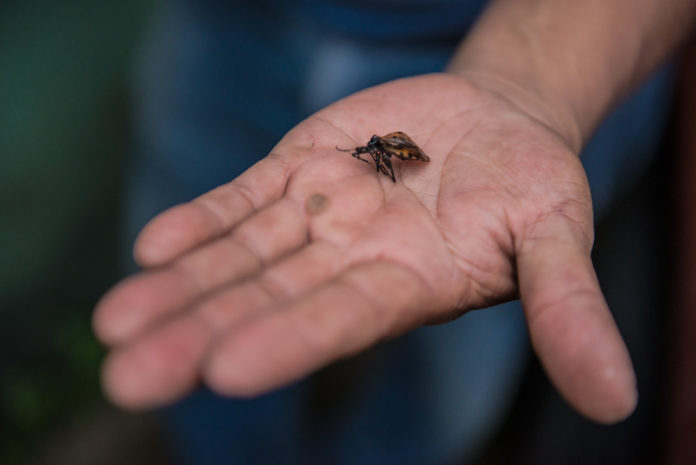Recently, the International Federation of Associations of People Affected by Chagas Disease has announced the celebration of World Chagas Disease Day to be held on the fourteenth of April this year for the first time ever.
The Chagas disease also referred to by the name American trypanosomiasis, is not widely known by the vast majority of people regardless of the increasing number of cases in the Western world.
Previously, the disease was only assumed to be limited to different countries within the continent of Latin America. However, many cases of Chagas disease have also been seen in the United States, Canada, and even European countries.
Hence, it can be said that Chagas has now become a global disease. Since it is not that well-known among the common masses, the health condition has also been deemed as the ‘silent and silenced disease’.
The term refers to the slow and ‘silent’ progression of the disease which is not diagnosed by health experts until much later and its prevalence being primarily in lower classes or poor people who neither have the political means to raise awareness regarding the issue nor the resources to get an early diagnosis and treatment on time.
In order to familiarize people with the health condition, fourteen April is the World Chagas Disease Day thenceforward.
On this very day, the first case of Chagas Disease was also diagnosed which was of a Brazilian girl named Berenice Soares de Moura in the year 1909.
The treatment outcomes and management of the disease can be controlled via effective strategies for detection. Early diagnosis is perhaps the biggest issue when it comes to Chagas Disease.
In the majority of the cases, people with the disease are given a diagnosis in its much later stages. The reason for this is usually the lack of testing options and medical facilities.
The World Health Organization suggests that improved medical facilities for diagnosis which are also economical including blood and organ screening can help solve this problem.
Additionally, awareness initiatives for symptoms and prevalence of the Chagas disease as well as how it can be avoided are also some other cost-effective ways to prevent and control the health condition.
The disease requires vectors, which are typically triatomine bugs, to transmit and infect people with T. Cruzi – the parasite primarily responsible for the condition. Therefore, vector control is another way to control and reduce the risk of the spread of Chagas disease.
Other means of transmission of the disease also include physical contact, consumption of food infected with T. Cruzi, organ transplant from an infected person, infected blood transfusion, lab accidents, and mother-to-child transmission.
RELATED: Can You Get Coronavirus from Food Cooked by an Infected Person?
The best way to avoid the disease, as recommended by WHO is through maintaining hygiene in the house as well as areas nearby. For this purpose, pesticide sprays should be used within houses and neighborhoods.
Secondly, proper testing should be done before undergoing organ transplantation or receiving as well as donating blood. In case of infection, immediate medical attention should be sought right away.
In standard testing, Chagas disease can be diagnosed a few days after the person gets infected. Upon being diagnosed, it is important for the person to maintain social distance and avoid further transmission while getting treatment.
Food, cutlery, and other objects should also not be shared during this time period. Persistent treatment combined with maintaining distance can effectively cure Chagas disease and prevent any other people from getting infected.
Failure to get appropriate treatment on time can result in chronic and irreversible effects including those on the digestive and cardiovascular health. So, it is important to not delay the treatment and visit a hospital as soon as possible.




